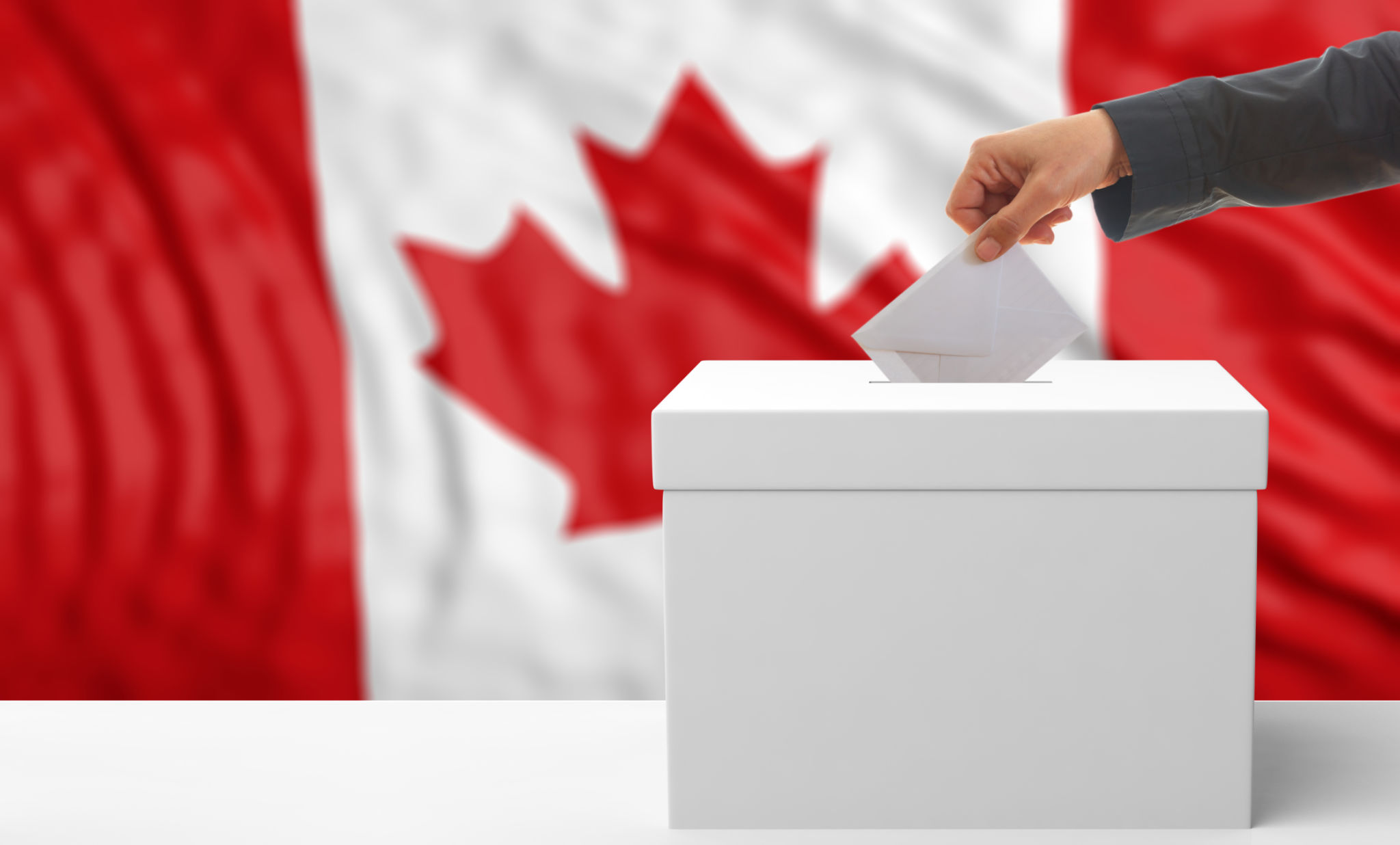Understanding Election Platforms: A Guide for Canadian Voters
Introduction to Election Platforms
As Canadian voters head to the polls, understanding election platforms becomes crucial in making informed decisions. Election platforms are the set of policies and proposals that political parties present to the electorate during campaigns. These platforms offer insight into how each party plans to address key issues facing the country.

Knowing how to dissect and evaluate these platforms can empower voters to align their choices with their values and priorities. This guide will explore the components of election platforms, their importance, and how to effectively analyze them.
Components of an Election Platform
Election platforms typically cover a wide range of topics, such as the economy, healthcare, education, and the environment. Each section outlines the party's stance and proposed actions on these issues. Here's a closer look at some common components:
- Economic Policy: Plans related to taxation, job creation, and fiscal management.
- Healthcare: Proposals for public health systems, accessibility, and funding.
- Education: Strategies for improving schools, higher education, and vocational training.
- Environment: Initiatives for climate change mitigation, conservation, and sustainability.

Each of these components provides voters with a roadmap of how a party intends to govern if elected. By understanding these elements, voters can better assess which party aligns with their own views.
The Importance of Election Platforms
Election platforms serve as a communication tool between political parties and voters. They help clarify what each party stands for and their vision for the nation's future. This transparency is vital in fostering trust and accountability in the political process.
Moreover, platforms offer a benchmark against which voters can measure a party's performance if they are elected. This accountability ensures that parties remain committed to their promises and responsive to the public's needs.
How to Analyze Election Platforms
Analyzing election platforms requires critical thinking and attention to detail. Here are some tips for evaluating these documents effectively:
- Research the Party's Track Record: Look into past performance and how well the party has adhered to previous promises.
- Compare Policies: Assess how each party's proposals differ on key issues.
- Consider Feasibility: Evaluate whether the proposed policies are realistic and achievable within the party's projected timeline.

By applying these strategies, voters can make more informed choices that reflect their values and priorities.
Conclusion
Understanding election platforms is an essential part of the democratic process in Canada. These documents provide valuable insights into how parties plan to address national issues and improve the lives of citizens. By learning to analyze and interpret these platforms, voters equip themselves with the knowledge needed to make informed decisions at the ballot box.
As Canadians prepare to vote, taking the time to thoroughly examine each party's platform will ensure that their voice is heard in shaping the country's future.